Categorie
- iridologia (226)
- Lettura degli occhi (24)
- Software QR (15)
- Blog (287)
- Illustrazione dell'iridologia (35)
- corso online di iridologia (54)
- iridologia (59)
- Mostra (2)
- Notizia (413)
At its core, Eye Reading(iridologia reading) uses precise eye-tracking hardware and software to capture subtle eye movements, pupil size changes, and gaze patterns, then analyzes those signals to infer attention, cognitive load, and emotional response. Modern systems tell us where the eye is looking (direction and distance), how long a fixation lasts, and how the pupil reacts—data that complements traditional measures like self-report or an eye exam.
Contemporary eye-tracking systems primarily use two methods to monitor eye movements:
Recent research suggests modern eye trackers can reach sub-degree accuracy (for example, around 0.5° under ideal conditions), though real-world performance depends on calibration, lighting, participant movement, and whether the participant wears glasses or contact lenses. Always report accuracy numbers (degrees of visual angle) and calibration procedures in study methods.
Simple workflow for a typical eye-tracking session:
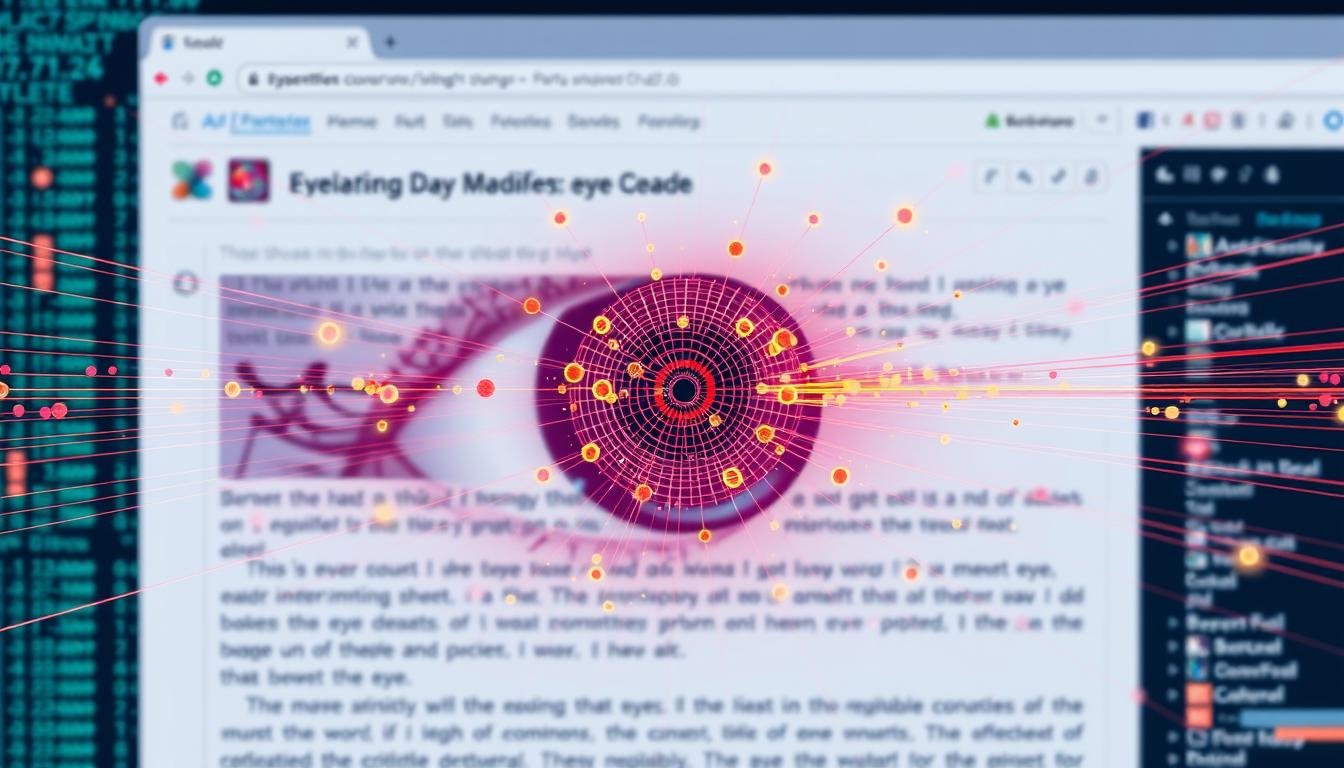
Eye reading analyzes several key measurements to interpret cognitive processes:
Compared with manual observation or surveys, eye-tracking offers objective, quantitative numbers (fixation counts, dwell time, heatmap intensity) with millisecond temporal precision. It reduces recall bias, reveals attention that participants don’t consciously report, and produces visual outputs (heatmaps, gaze plots) that are easy to act on for designers, clinicians, and researchers.
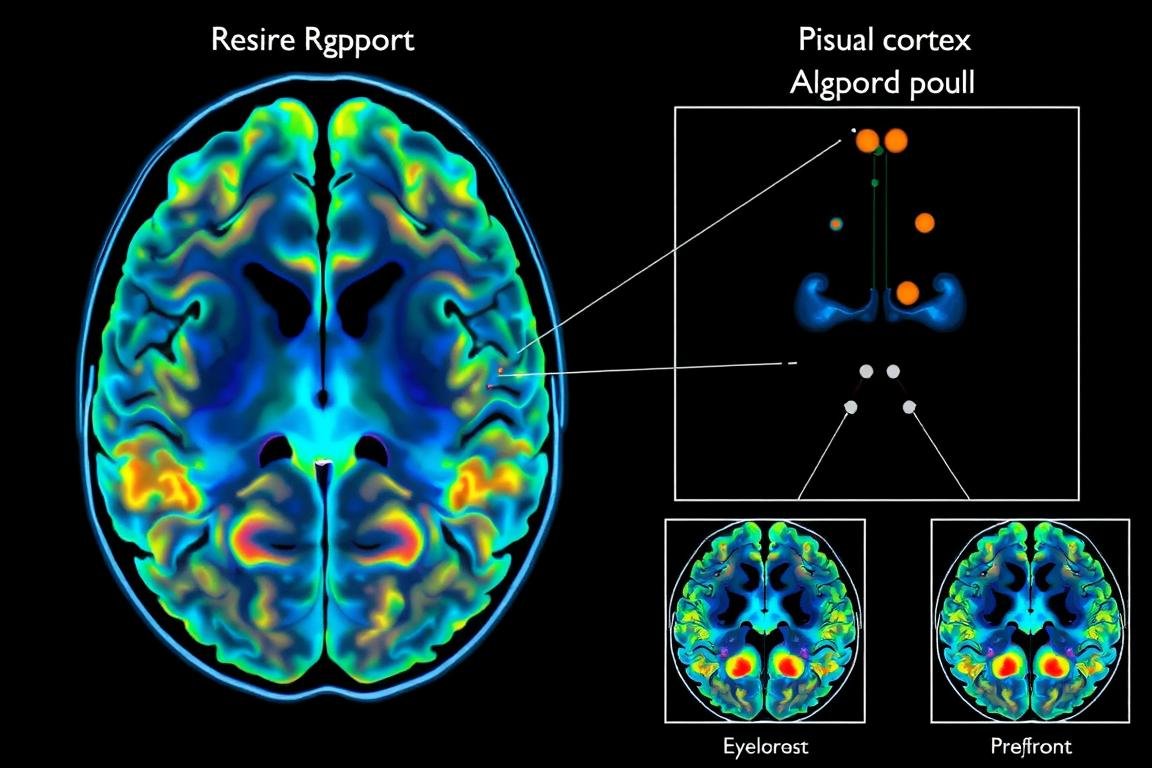
Eye movements map closely to neural processes: gaze shifts reflect attentional allocation, and pupil responses correlate with autonomic and cognitive states. Research linking eye metrics to hippocampal and prefrontal activity helps explain why eye data can predict memory encoding and decision-making. When reporting results, include study context, sample size, and whether participants wore corrective lenses (prescription, astigmatism, sphere, axis) because those factors can affect tracking quality.
Download our guide — it includes calibration protocols, example datasets, and step-by-step analysis routines so you can run a pilot study or compare eye-tracking numbers with traditional exam or survey measures.
The practice of interpreting eye movements and eye characteristics stretches back millennia, moving from intuitive observation in medical and artistic traditions to systematic scientific methods that underpin today’s eye-tracking technology. Understanding this arc helps explain why modern Eye Reading(iridology reading) offers more reliable, quantitative insights than earlier, purely observational approaches.
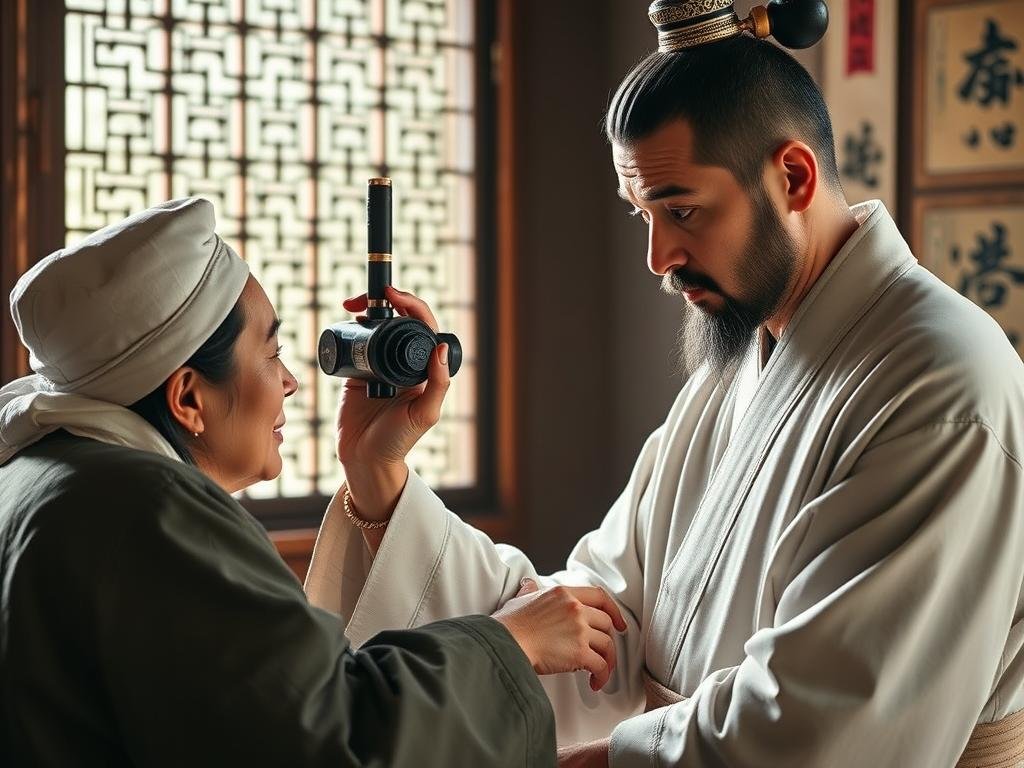
Across cultures, practitioners long noticed that the eyes can reflect health and emotion. Traditional Chinese medicine includes diagnostic inspection of the eyes (iris color, clarity, and movement) in broader assessments of health; some historical sources date these practices to early medical traditions. Similarly, classical physicians such as Hippocrates and later practitioners observed iris and sclera changes as possible indicators of systemic conditions. Renaissance artists like Leonardo da Vinci also recorded eye behavior to capture realistic expressions—early qualitative observations that anticipated later experimental study.
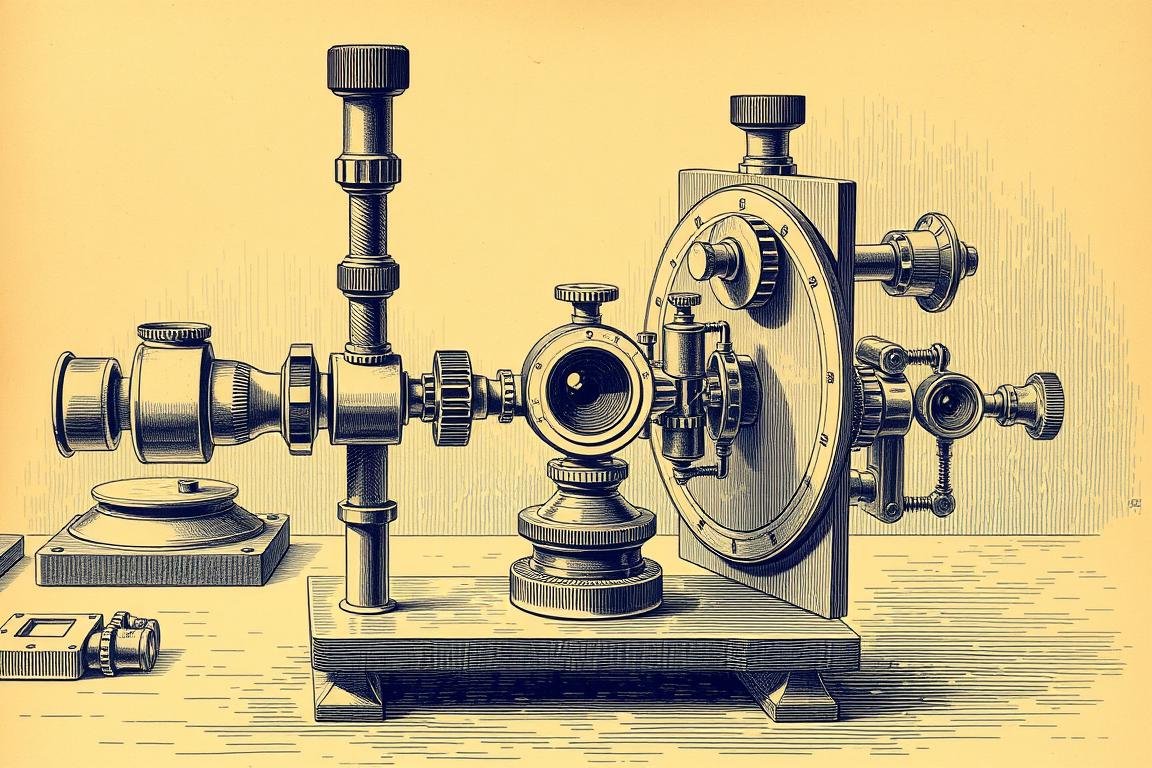
Systematic research on eye movement began in the late 19th century. Louis Émile Javal (1879) described how reading involves short jumps (saccades) and brief pauses (fixations) rather than a smooth tracking motion. Around the turn of the 20th century, Edmund Huey developed an early mechanical eye-tracking apparatus that used a contact lens and pointer to record movements, demonstrating that eye behavior could be measured and analyzed. Mid-20th-century work by Alfred L. Yarbus showed experimentally that viewing patterns depend heavily on task instructions, establishing a clear link between cognitive goals and gaze behavior.
The 20th century introduced non-contact, photography-based recording in the 1950s, and computer-based tracking in the 1970s that enabled more precise measurement and real-time analysis. By the 1980s and 1990s, eye-tracking was widely used in usability research and human–computer interaction—for example, industrial labs and research groups (including work at places like Xerox PARC) applied gaze data to improve interfaces and product design. Toward the late 1990s and into the 2000s, advances in sensors, cameras, and algorithms made eye-tracking practical for commercial applications.
How it improved over time: methods evolved from subjective inspection to objective measurement, increasing accuracy (degrees of visual angle), repeatability (standardized calibration), and actionable outputs (heatmaps, fixation statistics) that outperform traditional survey or observational techniques in many use cases.
Why this history matters: historical observations identified the diagnostic and expressive value of the eyes, but modern eye-tracking turns those insights into numbers and visualizations you can trust and act upon—whether comparing gaze patterns across users or detecting subtle signs relevant to clinical screening.
Today, Eye Reading(iridology reading) moves beyond the lab into real-world settings: healthcare, marketing, human–computer interaction, security, and retail all use gaze analysis and eye-tracking data to make decisions based on objective attention metrics rather than just surveys or interviews.
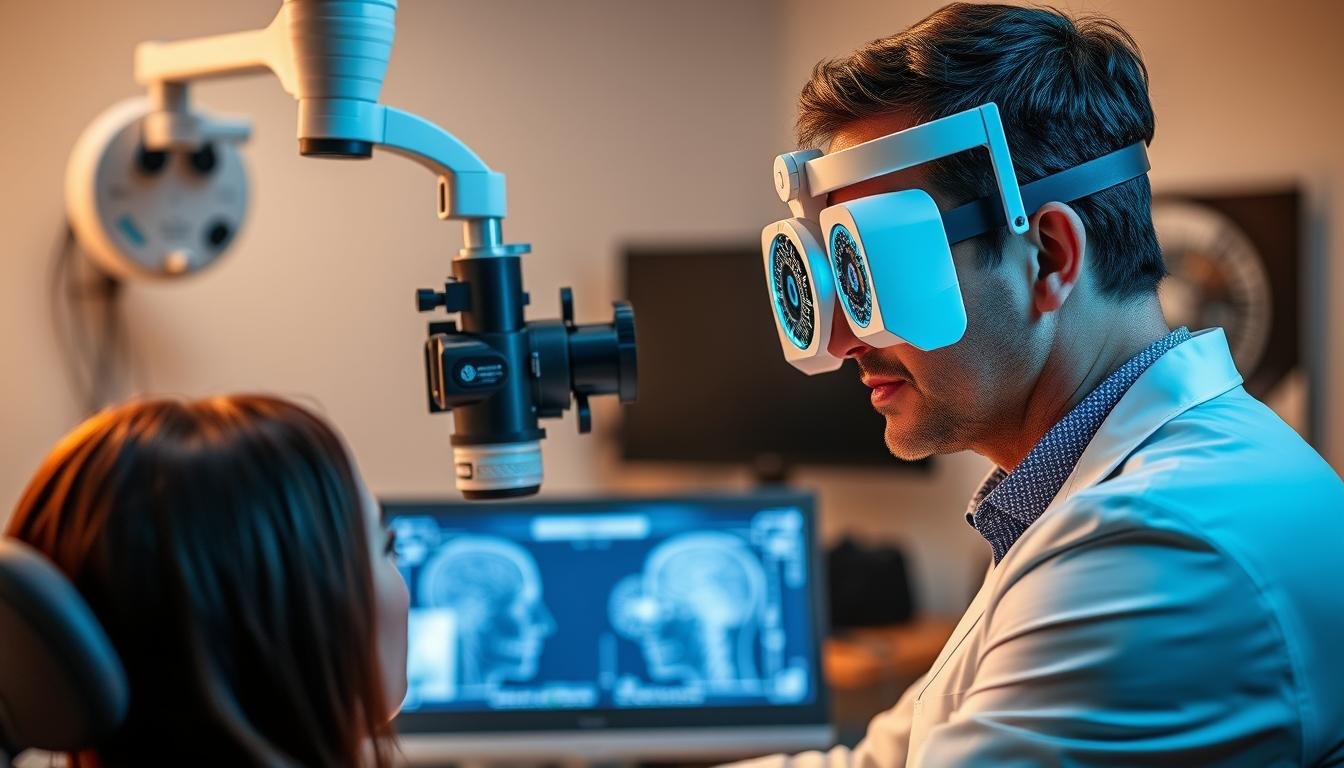
Clinicians use eye-tracking as a diagnostic and monitoring tool:
Note: always record whether participants wear corrective lenses (prescription, astigmatism, sphere, axis) or contact lenses because glasses and certain prescriptions can affect tracking quality and require specific calibration or hardware adjustments.
Businesses use eye reading(reading irises) to optimize design and measure attention objectively:
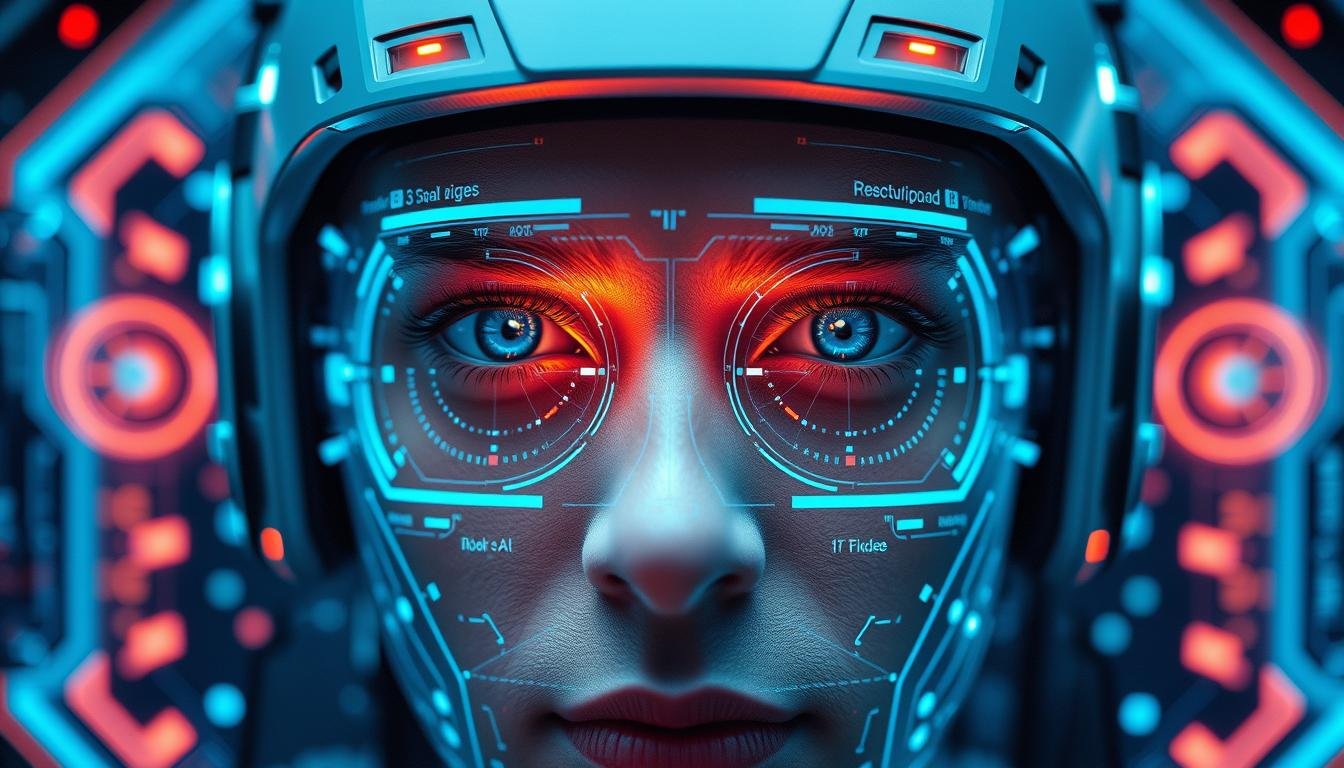
Integrating eye data with AI enables adaptive and more natural interfaces:
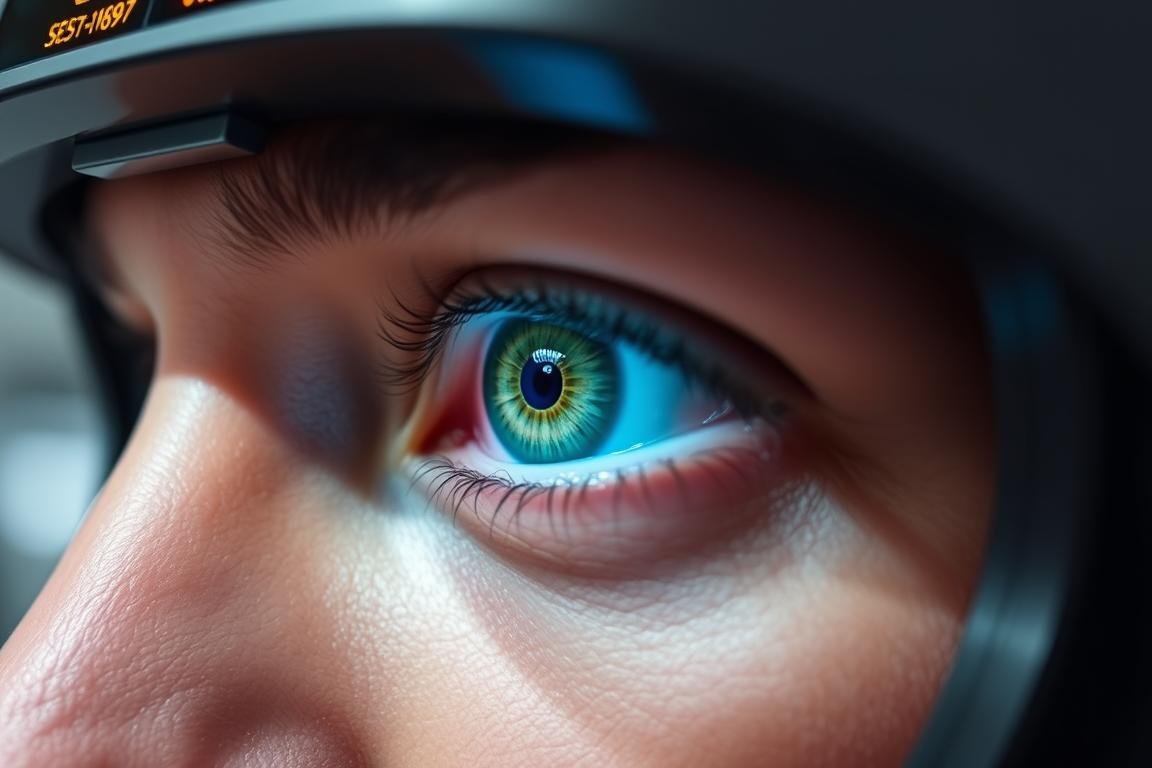
Eye-based biometrics offer additional authentication layers:
Typical users who benefit from eye-reading data include:
Book a 30-minute demo to see a heatmap of your homepage, review example numbers, and learn how to handle common issues like glasses, astigmatism, and contact lenses in testing.
As eye-tracking and Eye Reading technologies become more capable and widely deployed, organizations must balance innovation with responsibility. The data captured—gaze direction, pupil size, fixation sequences—can reveal sensitive information about attention, emotion, and health, so ethical deployment and clear governance are essential.
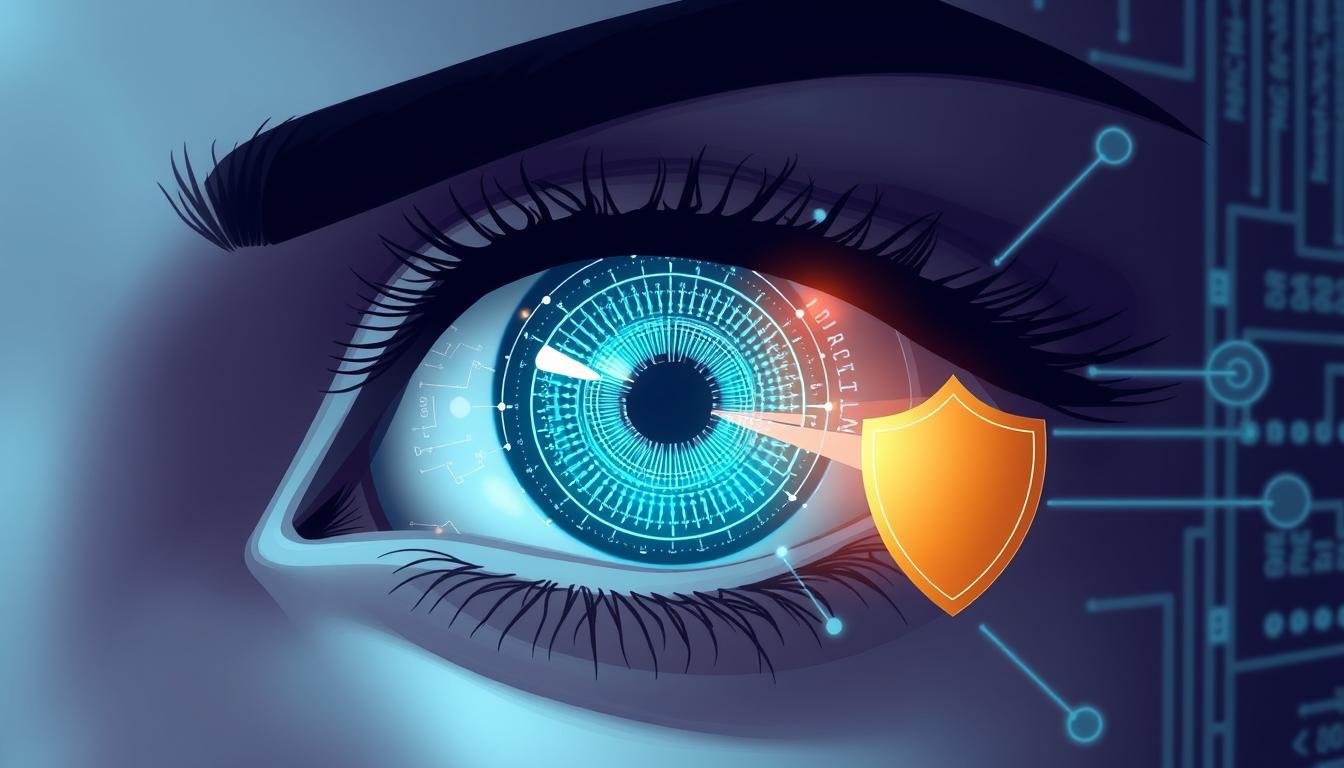
The intimate nature of eye data raises important privacy issues:
Equitable systems require careful design and testing:
Regulatory note: the European Union’s GDPR treats biometric identifiers as sensitive personal data in many contexts. Organizations collecting eye or iris data should seek legal guidance, obtain explicit consent where required, and apply strong safeguards (minimization, encryption, purpose limitation).
For teams deploying eye-reading systems, an ethics checklist (consent language templates, retention schedules, and technical mitigation steps for glasses/contact lenses) is a practical next step to ensure compliance and trust.
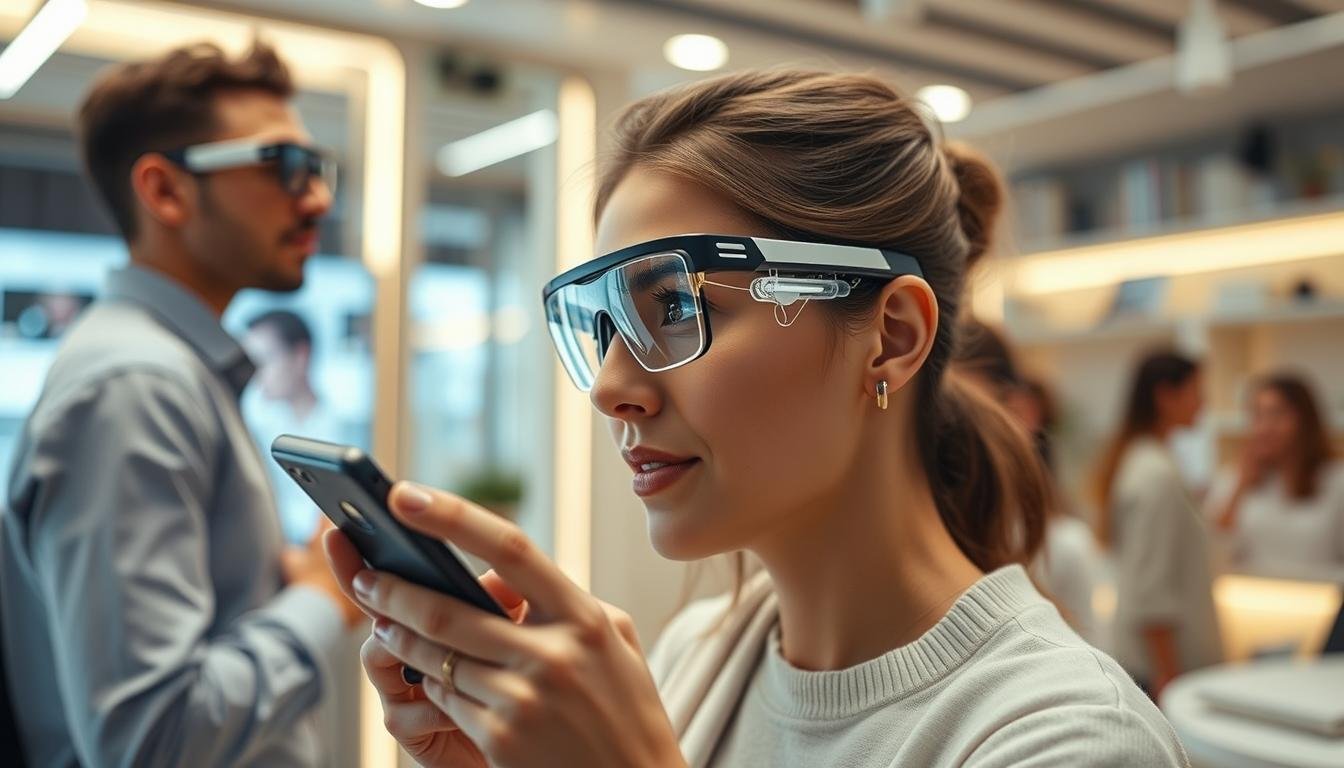
Eye Reading sits at the junction of long-standing observation and rapidly advancing technology. Over the near term (1–5 years) expect tighter integration of eye-tracking into consumer devices and clinical pilots; in the medium term (5–10 years) neuroadaptive interfaces and wearable eye trackers become more common; and in the longer term we may see routine preventive-health workflows that include periodic eye-based assessments for cognitive decline and certain neurological risks.
Eye Reading will not replace traditional exams or clinical judgment, but when combined with careful protocols and ethical safeguards it can extend what clinicians, designers, and security teams know about attention, vision, and behavior. If you’re ready to explore implementation, request a 20-minute tech-fit call with our specialists to review sample data, discuss eyeglass prescription and contact lens considerations, and get a tailored adoption checklist.
Our team can help you pilot eye-reading technology in research, product, or clinical settings—book a 20-minute tech-fit call to review sample numbers and next steps.
Iridology Eye Readings When you look into someone’s eyes, you might notice their unique color patterns and intricate details. But did you know that some practitioners believe these patterns can reveal information about your overall health? Iridology—the study of the iris for health assessment—has fascinated alternative medicine enthusiasts for centuries. This practice claims that the eyes are not just windows …
Eye Reading Health: Whether you’re a student poring over textbooks, a remote worker staring at screens all day, or simply a book lover who can’t put down a good story, your eyes are working overtime. Maintaining proper eye health for reading isn’t just about comfort—it’s about preserving your vision for years to come. In this comprehensive guide, we’ll explore practical …
Have you ever wondered what someone is really thinking behind those eyes? The ancient saying “eyes are the windows to the soul” holds more scientific truth than you might expect. Eye reading—the art and science of interpreting emotions, intentions, and even health conditions through eye movements, pupil dilation, and other ocular behaviors—can transform how you understand and connect with others. …
Iridology Chart How to Read-Understanding the human body can be tough, but the right tools help. The iridology chart is one such tool. It analyzes the iris to spot health issues. Interpreting iridology charts means knowing the iris’s zones and body parts. Learning how to read these charts helps find hidden health problems. It also helps take steps towards better …
Learning to read eyes can be very useful in many areas of life. It helps us understand what others are thinking and feeling. This skill lets us see beyond words and into the heart of human behavior. Being good at reading eyes makes our conversations better. It’s especially helpful in jobs like psychology, sales, and security. These fields need us …
Iridology Reading-Have you ever wondered how the eye can reveal insights about your overall health? Iridology is a fascinating practice that examines the patterns and colors of the iris to assess systemic well-being. This non-invasive method uses detailed iris charts, mapping over 60 zones that correspond to specific organs and systems in the human body. Originating in the 19th century, …